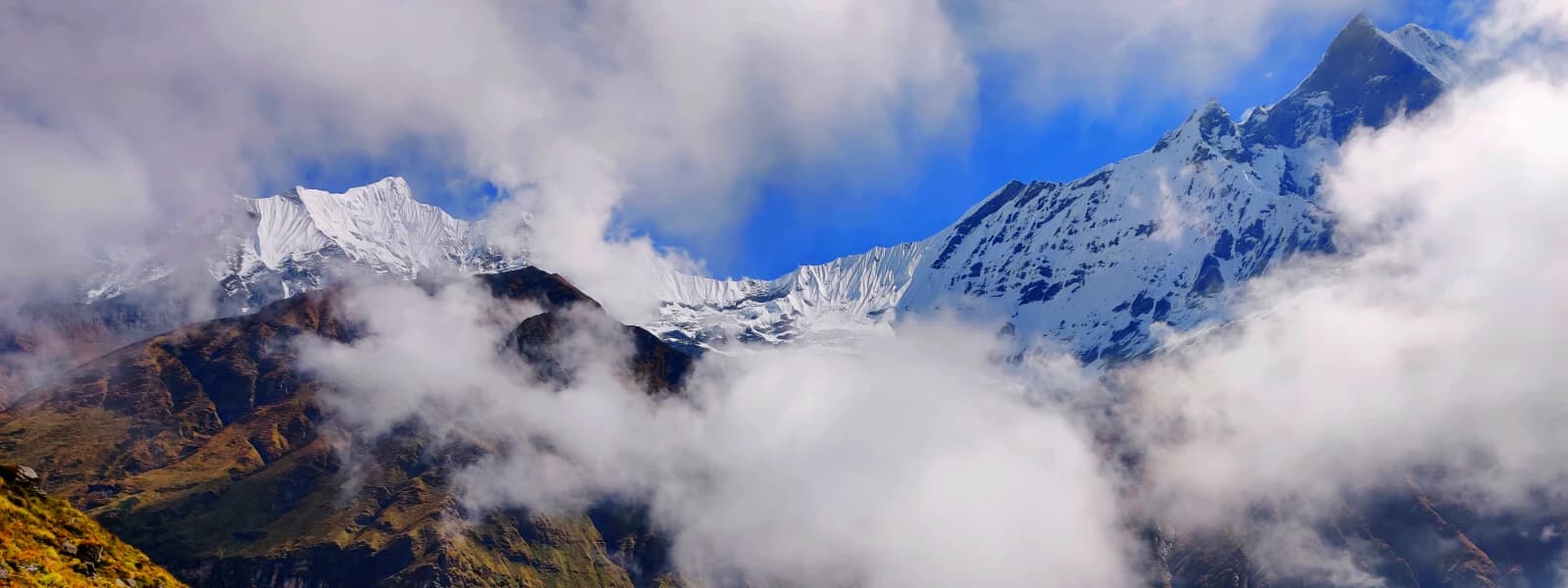Altitude Sickness in The Himalayas
We understand that trekking to high altitudes can be an exhilarating experience, but it comes with certain risks such as altitude sickness. Altitude sickness, also known as Acute Mountain Sickness (AMS), is a common condition that occurs when you travel to high altitudes too quickly without acclimatizing properly. The severity of AMS can range from mild to life-threatening, and it is essential to understand its symptoms, causes, and prevention measures to have a safe and enjoyable trekking experience.
At Regulus Treks And Expedition Pvt Ltd, we are committed to providing you with the best trekking experience while ensuring your safety. In this comprehensive guide, we will discuss all aspects of altitude sickness, including its symptoms, causes, treatment, and prevention measures.
Causes of Altitude Sickness
Because there is less oxygen accessible at high altitudes, altitude sickness is primarily caused by this. As a result, the blood's oxygen content may drop, which may result in a number of complaints. Altitude sickness danger can also be affected by the following additional factors:
- Rapid ascent: Climbing to high altitudes too quickly can increase the risk of altitude sickness.
- High altitude: The risk of altitude sickness increases as you ascend higher. Typically, altitudes above 2,500 meters (8,000 feet) are considered high altitude.
- Lack of acclimatization: Your body needs time to adjust to the decreased oxygen levels at high altitudes. Failure to acclimatize properly can increase the risk of altitude sickness.
- Physical exertion: Physical activity at high altitudes can increase the risk of altitude sickness.
- Dehydration: At high altitudes, the body loses water more quickly, which can lead to dehydration. Dehydration can worsen the symptoms of altitude sickness.
Symptoms of Altitude Sickness
The symptoms of altitude sickness can range from mild to severe and can occur within hours of ascending to high altitudes. Some common symptoms of altitude sickness include:
- Headache
- Nausea and vomiting
- Fatigue
- Dizziness or lightheadedness
- Shortness of breath
- Difficulty sleeping
- Loss of appetite
- Rapid heartbeat
In severe cases, altitude sickness can lead to more serious symptoms such as confusion, shortness of breath even when resting, coughing up blood, and loss of consciousness. In these cases, immediate medical attention is required.
Prevention of Altitude Sickness
There are several steps you can take to prevent altitude sickness:
- Gradual ascent: Ascend to high altitudes gradually, allowing your body time to acclimatize.
- Hydration: Drink plenty of fluids to prevent dehydration.
- Rest: Take frequent breaks and rest to avoid overexertion.
- Medication: Certain medications can help prevent altitude sickness, such as acetazolamide. However, these medications should only be used under the guidance of a medical professional.
Treatment of Altitude Sickness
If you experience symptoms of altitude sickness, it is important to descend to a lower altitude as soon as possible. Mild symptoms may resolve on their own with rest and hydration. However, if symptoms worsen or persist, seek medical attention immediately. Treatment may involve oxygen therapy, medication, or descent to a lower altitude.
Conclusion
Altitude sickness is a potentially serious condition that can occur when ascending to high altitudes too quickly. By taking the necessary precautions and allowing your body time to acclimatize, you can greatly reduce the risk of developing altitude sickness. If you experience symptoms of altitude sickness, it is important to take them seriously and seek medical attention if necessary. With proper prevention and treatment, you can safely enjoy your high altitude adventures.


